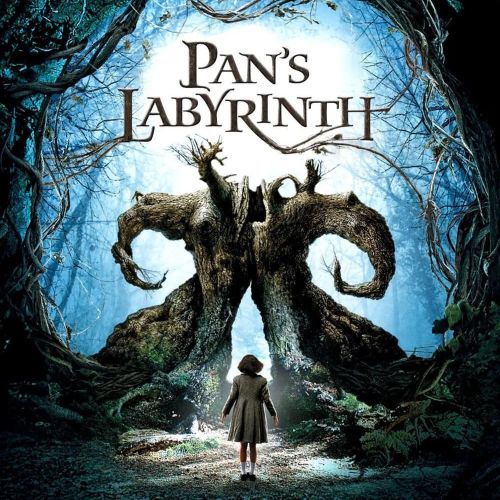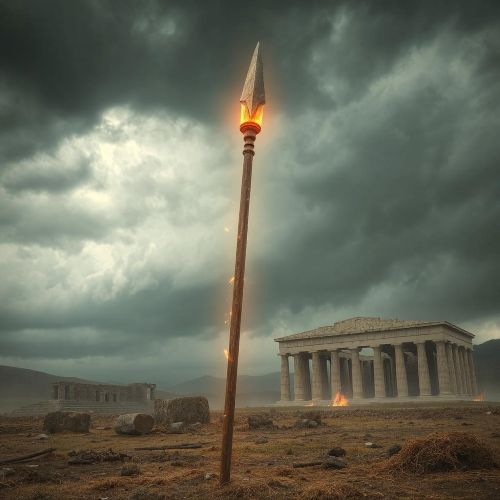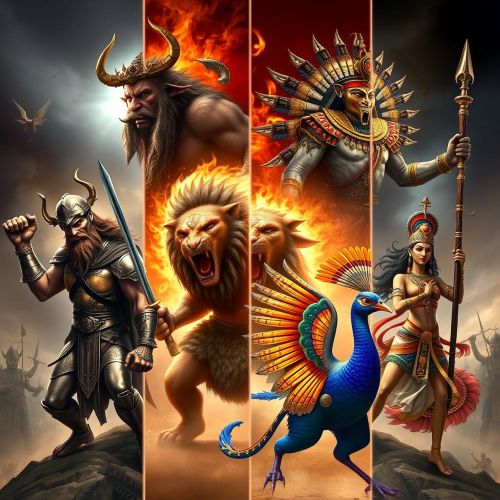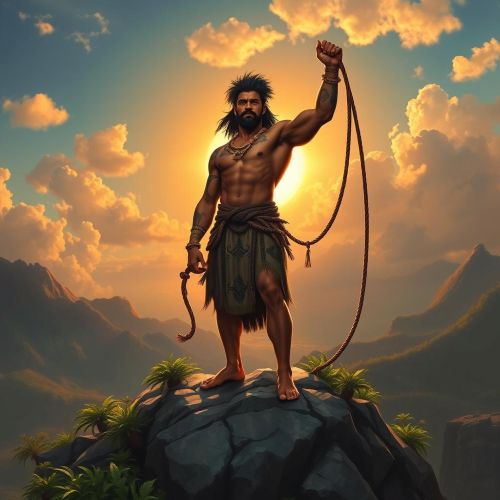From Myth to Modernity: The Allure of Chinese Dragons
In Chinese mythology, few creatures capture the imagination quite like the majestic dragons. These mythical beings, often associated with power, wisdom, and good fortune, have been an integral part of Chinese culture for centuries. In this exploration, we’ll dive into the captivating realm of Chinese dragons, shedding light on their symbolism, cultural significance, and the fascinating stories that have woven them into the rich fabric of China’s heritage.
The Mythical Origins
Chinese dragons trace their roots back to ancient Chinese cosmology and mythology. Unlike the fire-breathing, fearsome dragons commonly depicted in Western folklore, Chinese dragons are revered and benevolent creatures. They are believed to control the rain, rivers, and seas, making them essential to the agricultural prosperity of ancient China.
One of the earliest mentions of dragons in Chinese mythology can be found in the “Classic of Mountains and Seas,” an ancient text that dates back to the Warring States period (475–221 BCE). These early accounts describe dragons as divine beings associated with celestial powers and natural phenomena.
Symbolism of Chinese Dragons
Chinese dragons are revered for their symbolic significance, representing a harmonious blend of various elements. They are often associated with the Chinese concept of Yin and Yang, symbolizing the balance between contrasting forces in the universe. The dragon’s serpentine shape embodies the flowing and cyclical nature of life, symbolizing continuity and renewal.
The dragon is also a potent symbol of imperial power. Historically, the emperor was considered the “Son of Heaven,” and the dragon was believed to be his celestial counterpart. Dragon motifs adorned imperial palaces, garments, and artifacts, signifying the emperor’s divine authority and auspicious reign.
Five Claws vs. Four Claws
A curious aspect of Chinese dragon mythology is the distinction between dragons with five claws and those with four. In imperial contexts, the five-clawed dragon was reserved exclusively for the emperor, emphasizing his divine status. Lesser nobility and officials were only allowed to display dragons with four claws. This subtle hierarchy reflected the rigid social structure of ancient China.
Famous Chinese Dragon Legends: Among the myriad dragon legends in Chinese mythology, a few stand out for their enduring appeal. One such tale is the story of the Dragon Kings, rulers of the four seas. These benevolent dragons were believed to control the weather and protect sailors, ensuring safe passage across the seas.
Another captivating legend involves the Dragon Pearl, a mythical gem associated with dragons. It was said that dragons possessed this precious pearl, imbued with magical powers. Whoever possessed the Dragon Pearl was believed to be granted immense wisdom, prosperity, and good fortune.
Dragon Boat Festival
The Dragon Boat Festival, celebrated annually in China, is deeply rooted in dragon mythology. This lively festival commemorates the life and death of the famous poet Qu Yuan, who drowned himself in the Miluo River as a form of protest. To ward off evil spirits and honor Qu Yuan, dragon boat races are held, with elaborately decorated boats resembling dragons racing across the water.
Modern Representations
While ancient Chinese mythology laid the foundation for the cultural significance of dragons, their influence continues to permeate modern Chinese society. Dragons are prominently featured in art, literature, and celebrations, maintaining their status as revered symbols of prosperity and good fortune.
In contemporary times, dragon motifs are commonly found in traditional Chinese New Year celebrations. Dragon dances, performed by vibrant and elaborate dragon costumes, symbolize the warding off of evil spirits and the ushering in of good luck for the coming year.
Chinese dragons are not merely mythical creatures confined to ancient tales—they are living symbols deeply ingrained in the cultural identity of China. From their origins in ancient cosmology to their enduring presence in modern celebrations, these majestic beings continue to captivate and inspire generations. As we unravel the enigma of Chinese dragons, we discover not only a rich tapestry of mythology but also a profound connection between the mythical and the tangible in the cultural fabric of China.






